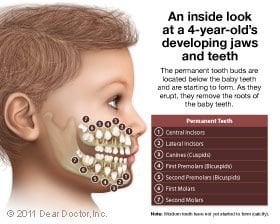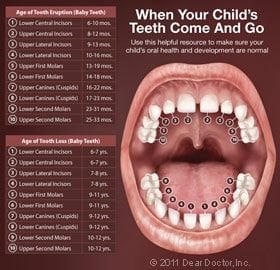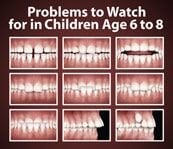Pediatric Dentistry
PS Dental Services specializes in pediatric dentistry, offering comprehensive care for children from infancy to adolescence. Our skilled and compassionate team is committed to fostering a warm, child-friendly atmosphere to support your child's dental health journey. We are dedicated to helping your child develop strong oral hygiene habits for a lifetime of healthy, beautiful smiles. With personalized, child-centered care, we ensure every dental visit is fun, engaging, and stress-free!









